Donnie Vincent is being watched. The biologist, explorer, and filmmaker has made three feature-length documentaries on hunting and his connection to wildlife and wild places. His style is slow, thoughtful, philosophical, with long, bracing shots of men and animals in unapologetically wild landscapes — the polar opposite from the kind of high-speed hunting content widely available on cable TV. His work has captured mainstream attention, with an excellent profile in Men’s Health that brought non-hunters, and even anti-hunters, into his growing viewership.
With his fourth film, released this month, Vincent travels to an abandoned US Naval base on Adak Island — in the Aleutian Islands chain deep into the Bering Sea — to chase caribou introduced to the region as a free-range, biological food cache for natives, sailors, and soldiers. Free Range American sat down with Vincent to discuss his new project. This interview has been edited for length and clarity.
FRA: So, who is Donnie Vincent?
DV: I get asked by friends of mine, friends of friends, and I don’t often know the best answer. There’s a beginning, middle, and end to what I do, but what’s going on currently — currently, I’m a filmmaker. A filmmaker is the best way to describe me.
FRA: You’ve done a lot of things.
DV: Yes. I’m 45 years old, and I’ve worked as a biologist, an explorer, adventure, hunter, but right now I own a production company, Sicmanta, and focus on commercial work for a variety of companies — firearms, backpacks, fishing gear, whatever it may be — but our bread and butter is long-form storytelling, adventure films. My team — I have a really talented team — and I globetrot and have what I think are unique wilderness experiences, and we try to come out of them with a story, a film.
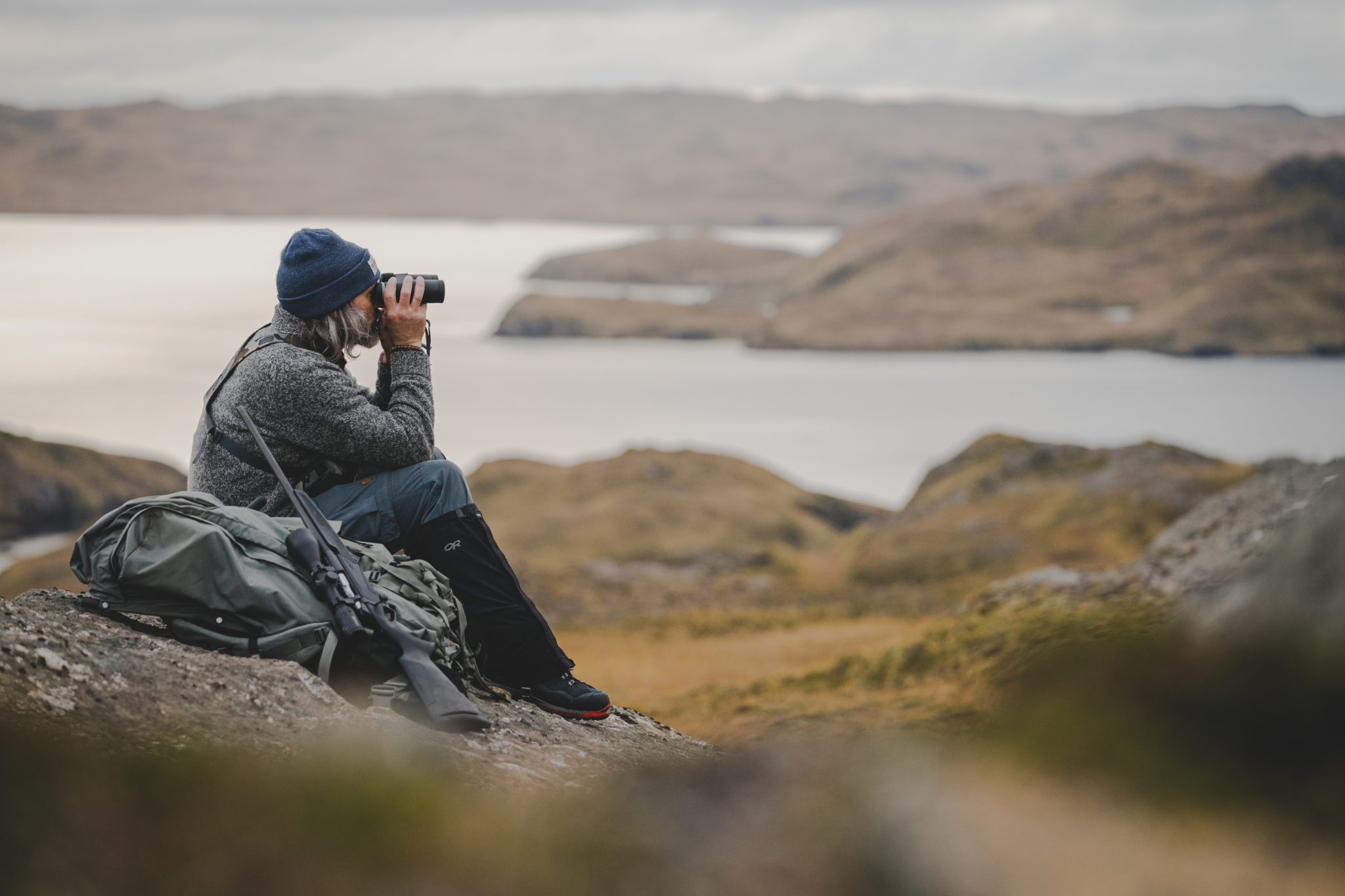
FRA: Most of these stories revolve around a hunting trip. Were you raised in a hunting family?
DV: No. Not really. But so much of my interest in hunting, in wilderness, stems from me as a little boy reading. My dad had a really cool collection of hunting books. He wasn’t a big hunter but had this sincere collection of hunting and adventure books and a small firearm collection. Many of the books had come from the Outdoor Life collection, many were penned by Jack O’Connor. These were real adventures. Dall sheep hunting in the Yukon. Stone sheep hunting in BC. Brown bear hunting in coastal Alaska. There were packhorse trains into the mountains, bartering at backwoods trading posts for flour and sugar. O’Connor was a literary professor at the University of Arizona, and he described it all, the feel and texture of the mountains, of his beloved Winchester Model 70 Feather Weight in .270, the first time he saw a sheep, that visceral experience of seeing the yellow-white fur, the golden horns and golden eyes, or that plump, heavy-bodied northern Canada whitetail. Coming from Arizona, he didn’t see deer like that. O’Connor was very eloquent about describing that kind of wilderness experience, and as a kid, I soaked it up. I wanted to spend as much time as possible in the woods.
FRA: That richness of experience in O’Connor, that “texture” of the wilderness that you mentioned, your films definitely convey that through the story and especially the cinematography. Do you set out on these adventures to tell these stories in that same way O’Connor and the other greats wrote?
DV: I’ve never thought about it like that, so no, we don’t consciously attempt to emulate them, but that experience of reading them has definitely informed much of who I am. But that said, when I read them now, I don’t think anymore that they were beautiful writers. My opinion has changed on that. What they were was close. Close to the wilderness. Close to the animals. Close to the experience. They were enamored with the smallest of details that they drew out in the writing. I’ll never forget, in college, the photography teacher told us this “rule” of photography, that the closer you get to a subject, the more interesting it is to the viewer. You can get 1,000 feet away from a tree, and it’s a landscape, it’s interesting, but if you get right up to the veins in the leaves of the tree, you leave with a much deeper understanding.
Jack O’Connor was very much in tune with himself as a man. He was a fantastic rifle shot, I think, because was so in touch with himself, with the rifle. He embodied the recoil and knew the animal’s anatomy intimately, so he knew what they were going to do before they did it. He was so close to himself, to the rifle, to the deer, the habitat. That shows in his work, that closeness, and in a way that’s what I’m trying to do, to get close, to see the eyelashes on the deer, how its fur was stuck up and frozen where the bullet escaped like I’ve seen in those old black-and-white photos. In Winds of Adak, I went through my own adventure, through the killing of a caribou, and we’re capturing that story to draw the viewer as close as possible, not to sensationalize it, not to emulate Jack O’Connor or Aldo Leopold, but to show people what it feels like when you get true and honest and close to the natural world.

FRA: Not to give too much away, but there’s a scene in the film with a young bull that’s caught in a tangle of ropes on the beach. There’s a physical visceral closeness to that caribou. Then you’re off to find another bull, to hunt it, to kill it. It seemed to me one of the best visual examples of the hunter’s paradox, that we love these game animals so much that we ultimately want to kill them.
DV: It was definitely a yin and yang moment on the hunt and in the film. Now, I know what it is I’m there to do. I’m there to hunt. I’m going to hunt. I know my objective, and I know when it makes sense conservation-wise and hunting-wise. The gentlemen that I was hunting with, they wanted to shoot three or four caribou on this trip, so very easily I could have shot that bull on the beach, just dropped him, and had the meat, which we all use to stock our freezers, to feed our families. But to kill a trapped animal like that, it would have been whole-heartedly unethical. Seeing that bull trapped in the rope, there’s only one response. I need to release that bull. I was a little embarrassed watching the footage, when I said, “I need a knife now!” but the bull had this hangman’s noose chin-strapped around his esophagus, his trachea, and I saw it slicing in. It created a sense of emergency. Even if the only thing we were going to accomplish that day was setting this bull free, we were going to do it, but then, from the moment he’s released, it’s back to the task at hand.
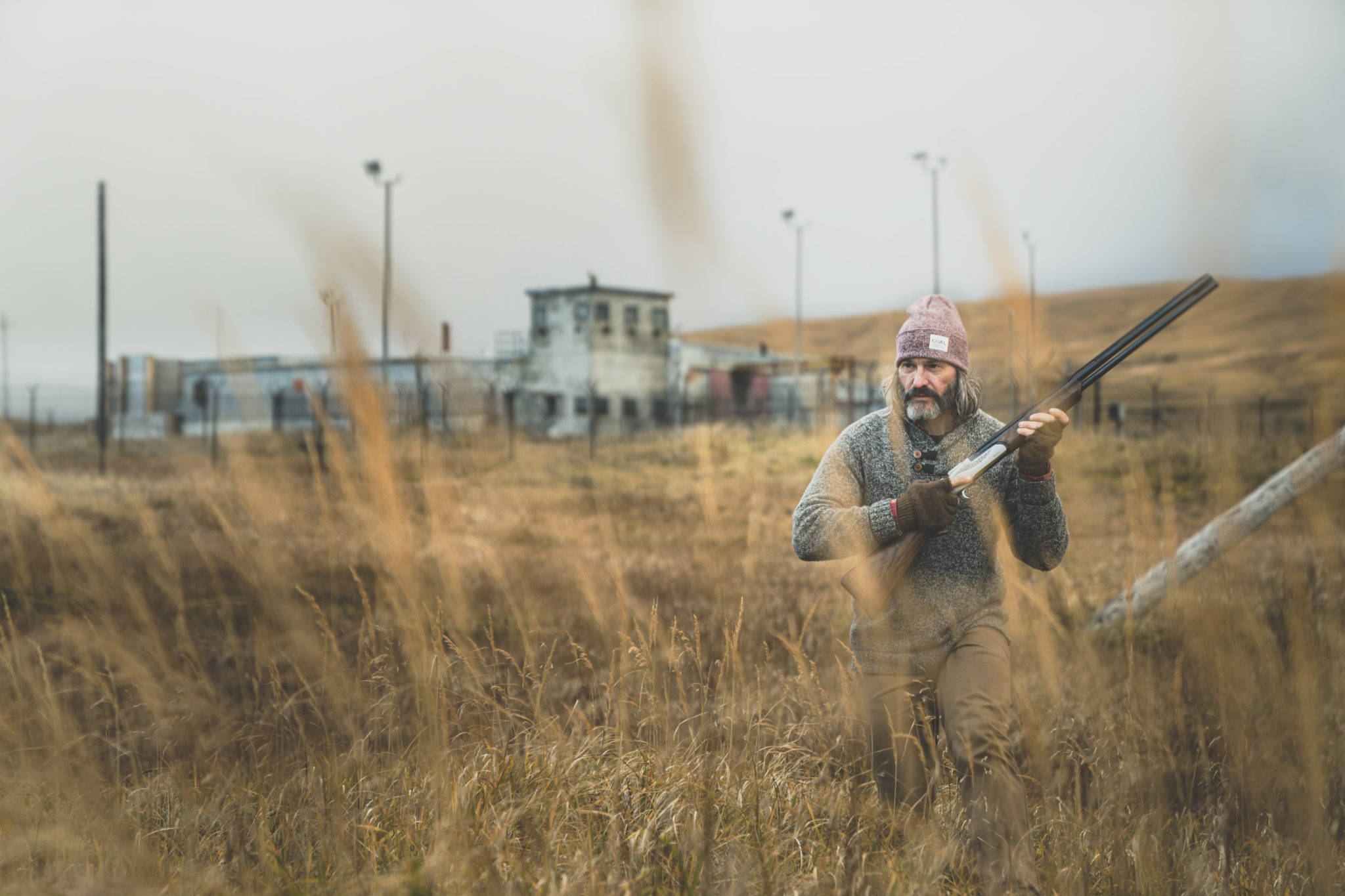
FRA: So, you mention this in the film, but the caribou on Adak were introduced in the 1950s to provide hunting opportunities and food for the warfighters stationed at the Adak Naval Air Station. Now there are too many caribou for the ecosystem. Did that factor into the decision process with the young bull, or the one you ultimately shot?
DV: Yes, they were introduced, and they’re eating themselves out of house and home. They need to be killed. What you don’t see it in the film is I shoot another one, too, because we needed the meat, and by taking more than one, we’re leaving that herd, and that island, better off than when we arrived.
I had to switch gears from releasing that bull to shooting other ones, and that is the paradox of the hunter. We love the animals. We say it’s so hard to articulate, that we love something so much we want to kill it and put it in a backpack, but I think whether we’re conscious of it or not, it all boils down to habit conservation. We all evolved into conservationists — literally evolved that way. It comes through our DNA because our true fitness is connected directly to the animals. This is who we are. We need them to thrive as a species ourselves, so we’ve been bred with preservation in our minds. As a society of hunters and gathers, we want to preserve our wild places and wild species because it helps us preserve our society, to preserve us. We’re not the weasel in the henhouse. The act of conservation has been bred into us, and it’s how for most of our time here on earth we’ve gotten our food, our blankets, our tools. It’s in our bones.
Me cutting that bull free, and traveling down the beach to kill another bull, both leave that population better than when we started. When we left the beach, we left them better than we found them.
Read Next: ‘The Comfort Crisis’: This Book Should be Your Next Read

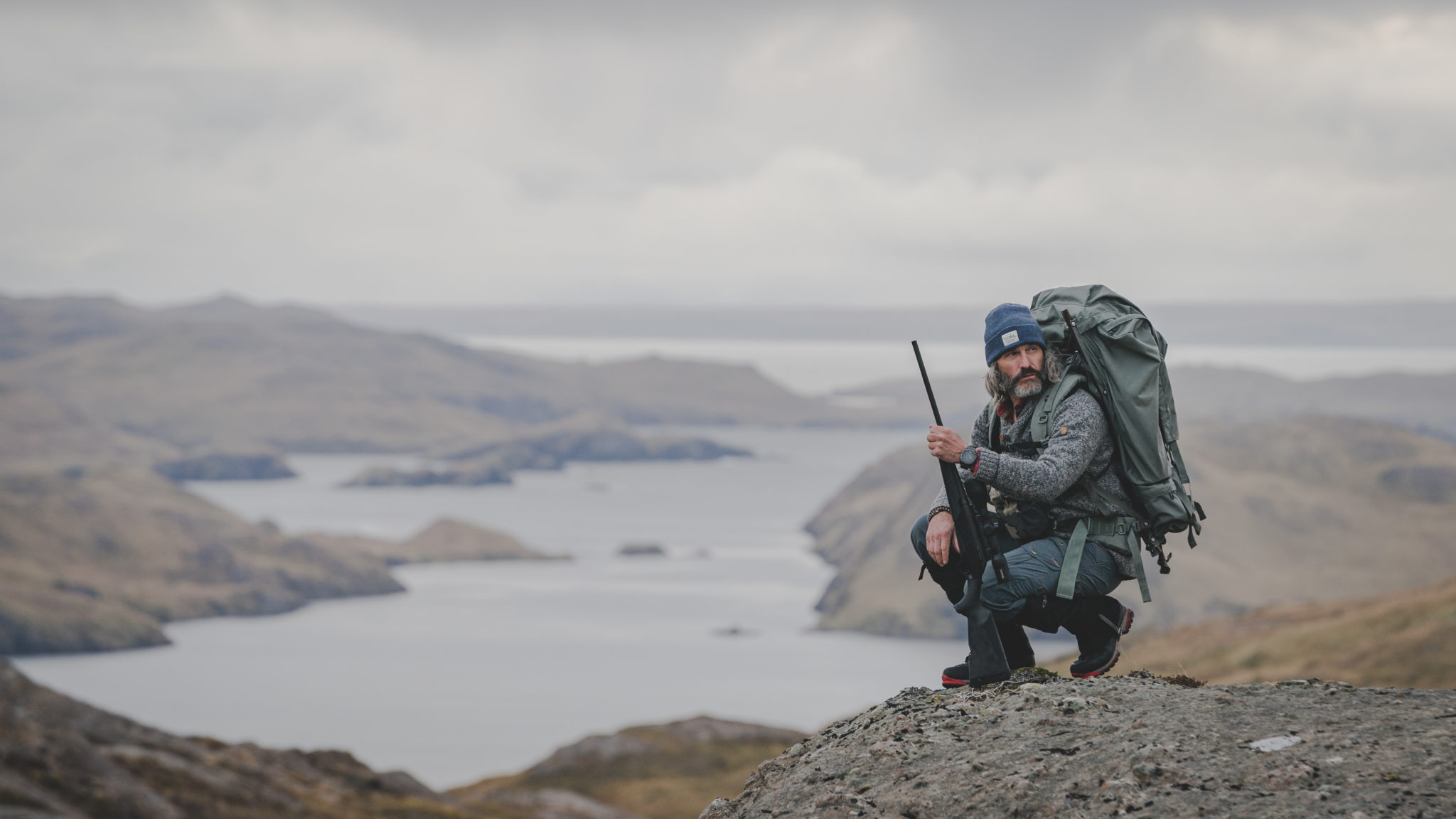
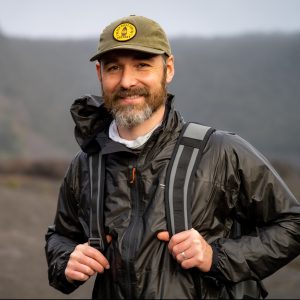

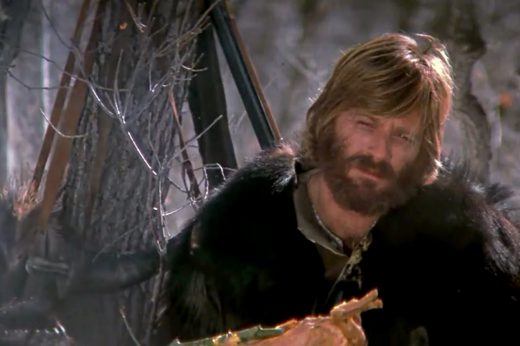
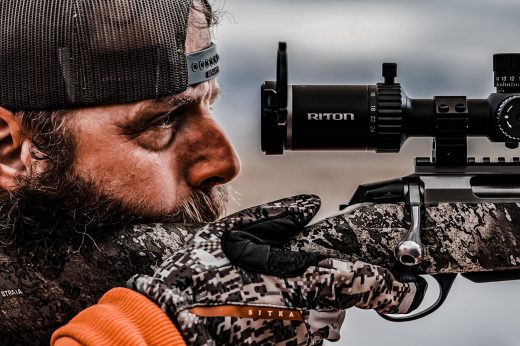


amlodipine 10 mg says
amlodipine 10 mg is used to dine hypertension or a typical sort of chest torment called angina, an uncommon class of which is or variation angina. In patients with hypertension, this medication works by loosening up veins. In patients with high blood pressure, this medicine works by relaxing blood vessels, so that blood passes through them more easily.